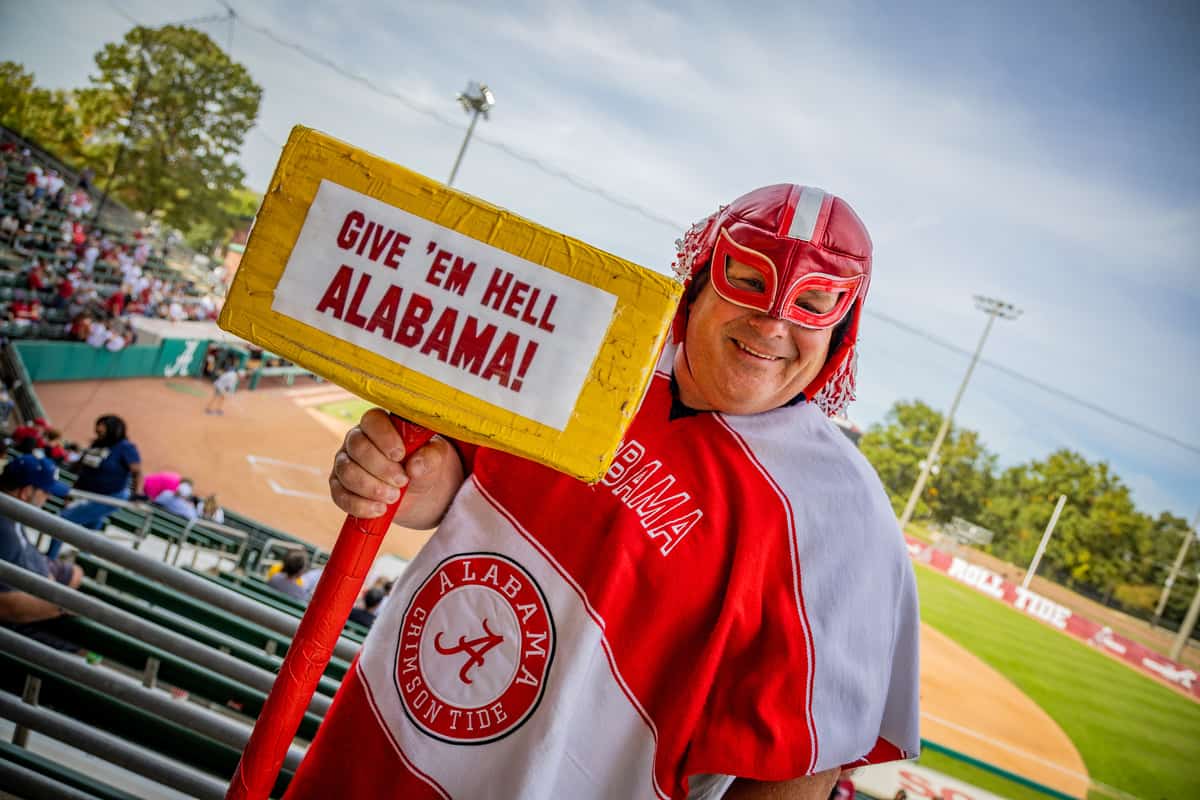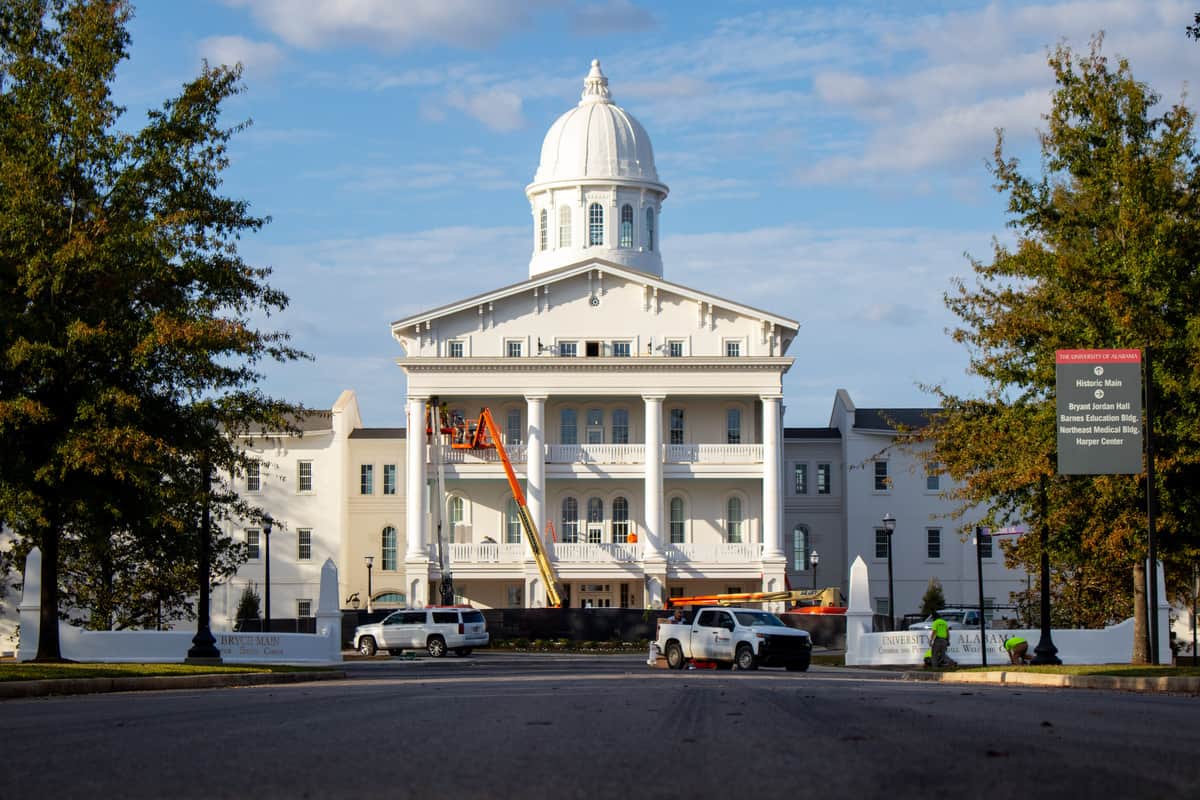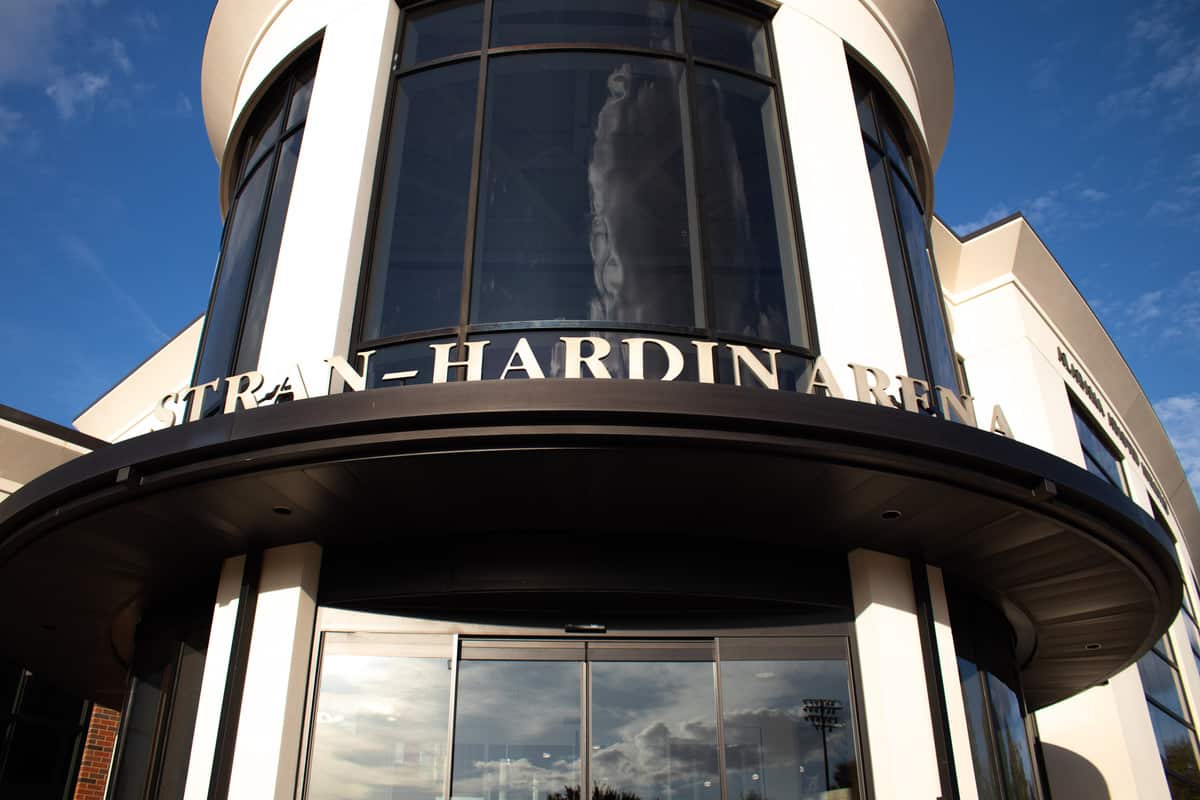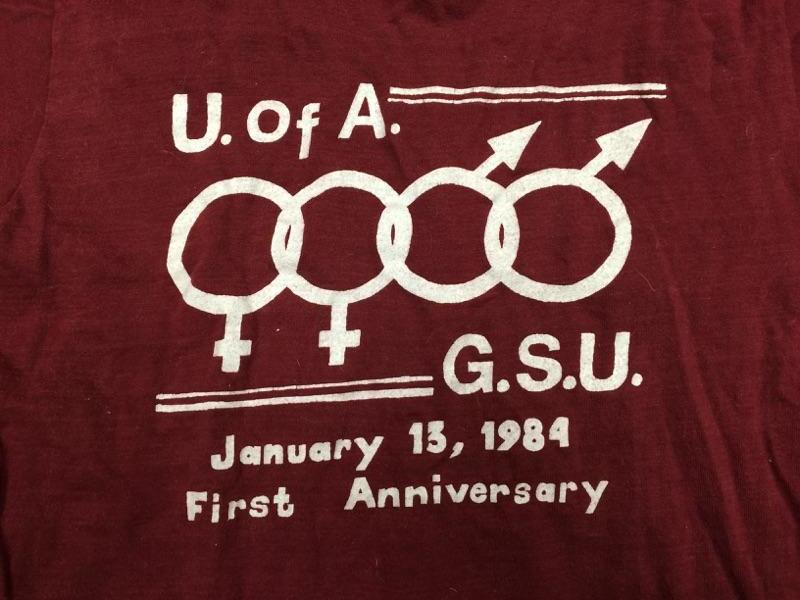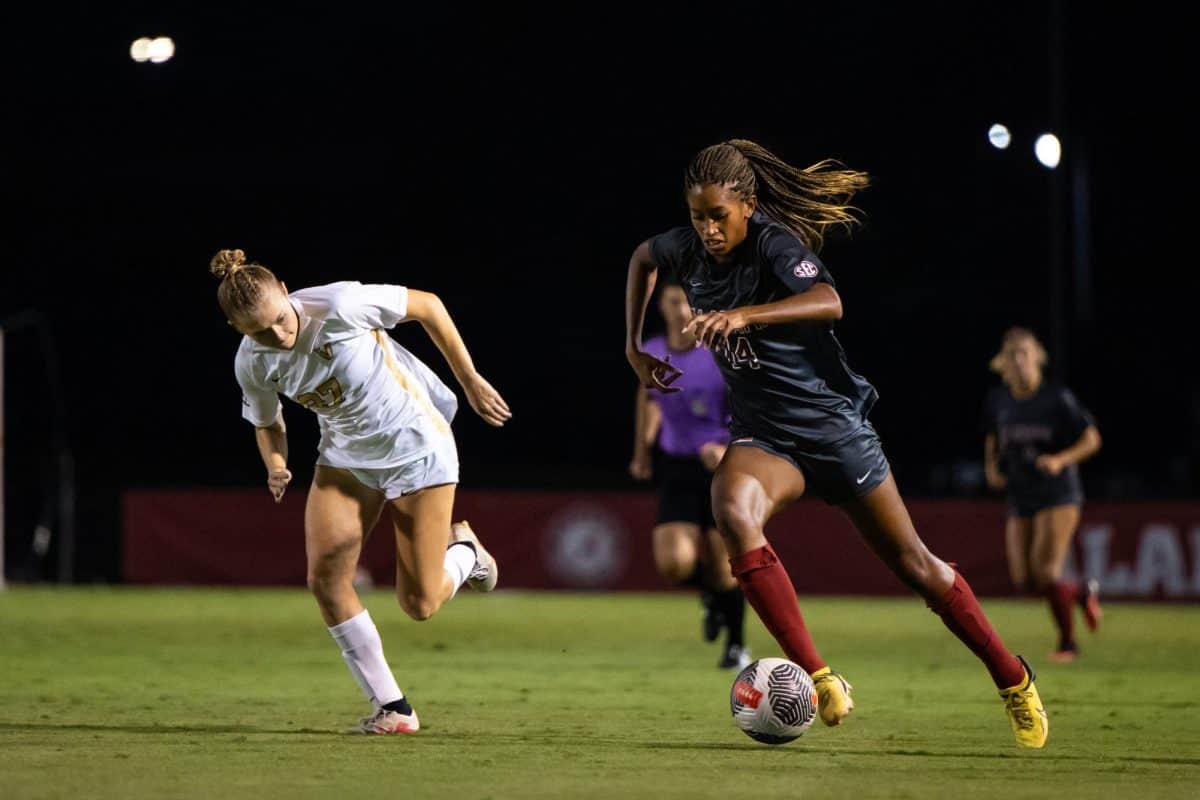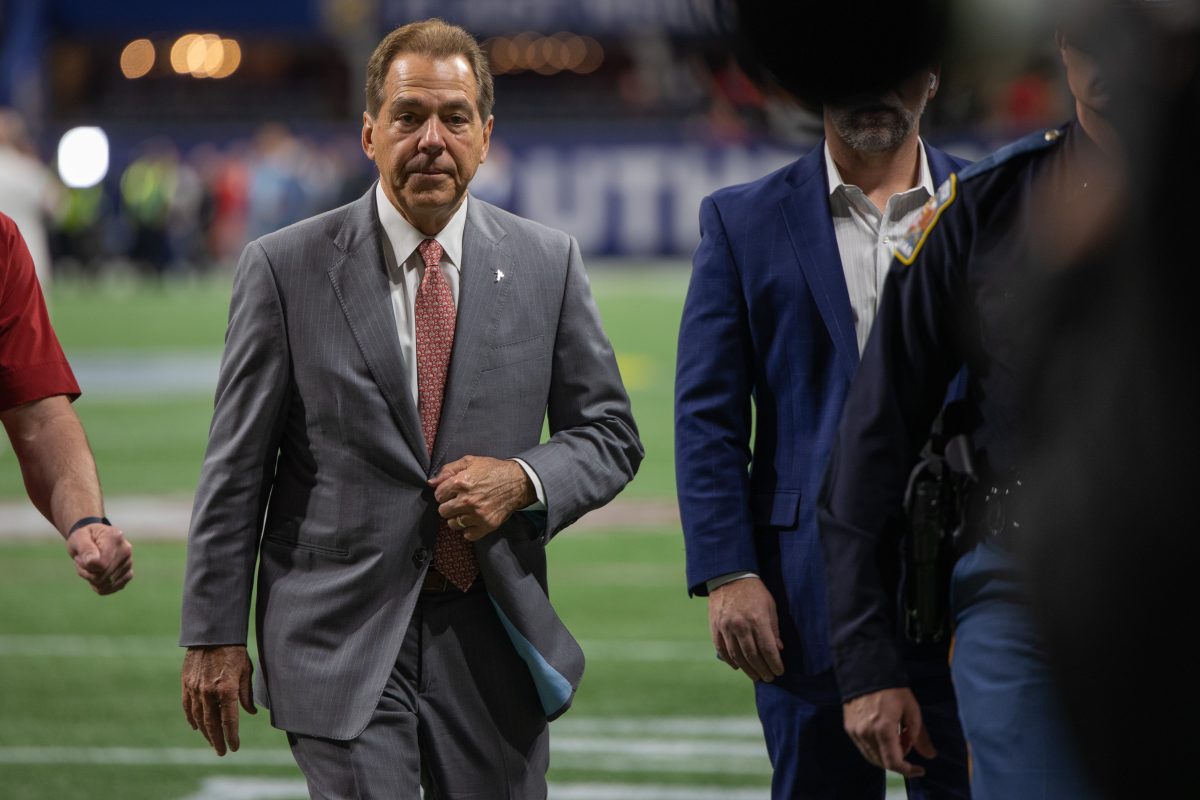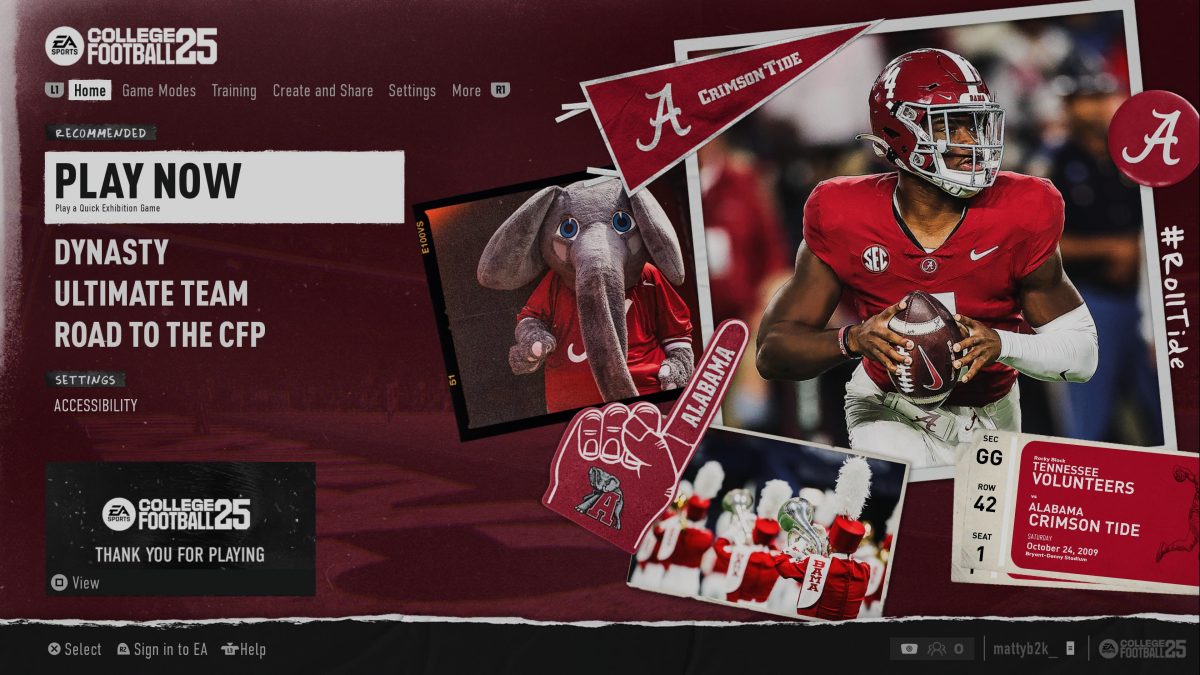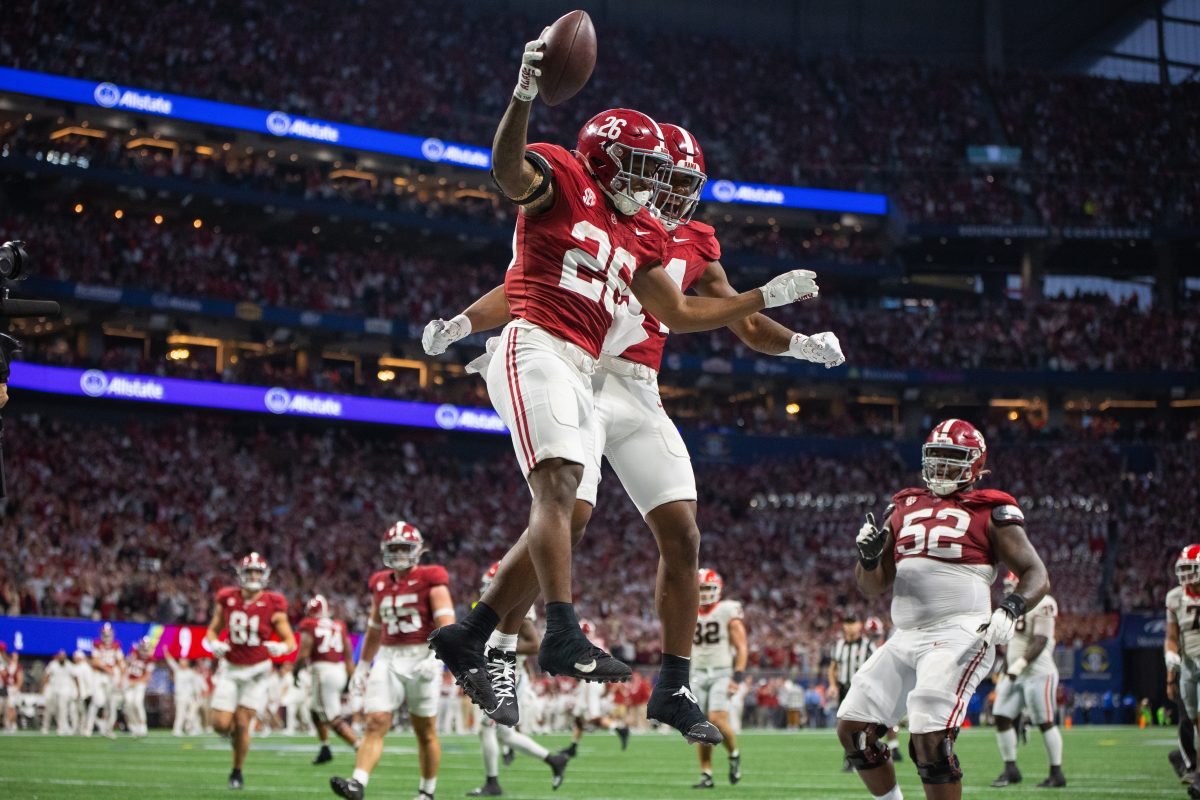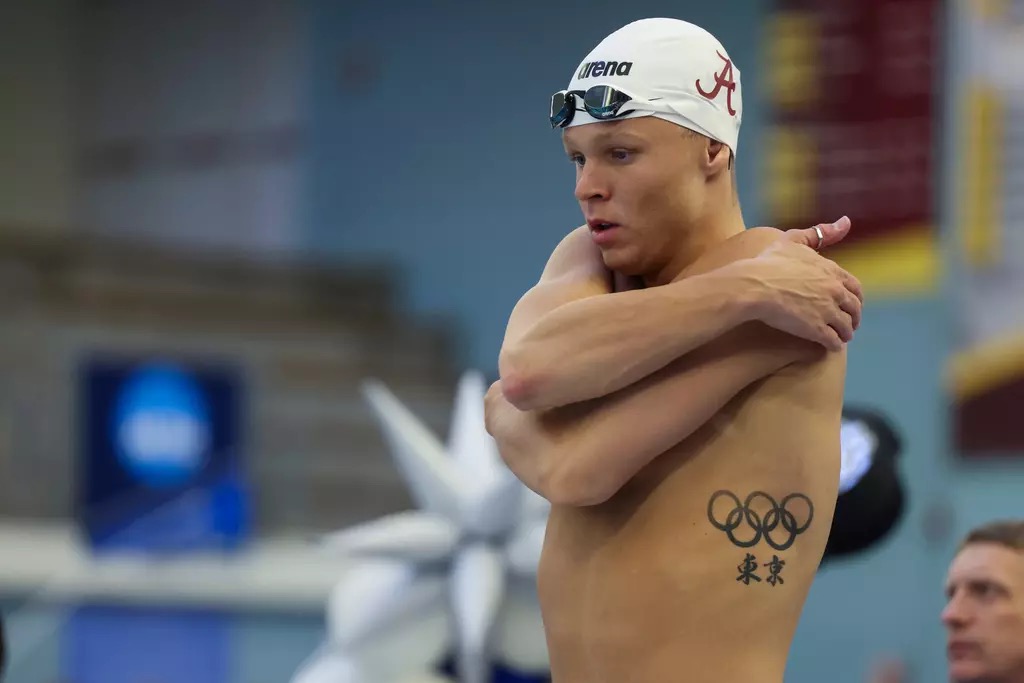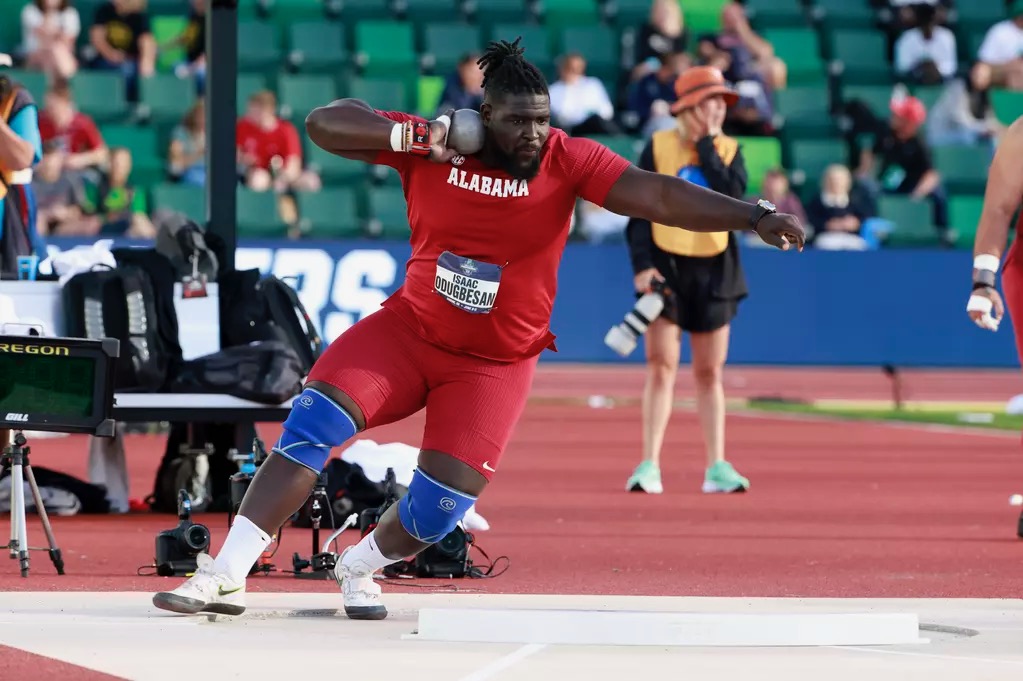When Janko Emedi took a job teaching Russian at The University of Alabama in 1983, he pushed for the creation of a soccer program.
Emedi, by all accounts, was a renaissance man.
Having escaped his homeland of Yugoslavia with his family at the age of 15, he bounced around the U.S., first living in Chicago, then finding a home playing soccer at University of Alabama-Huntsville, then studying at the University of Indiana.
It was there in Bloomington that Emedi first found a love for coaching, as a soccer coach at a local YMCA. From there, Alabama soccer took root.
Prior to Title IX in 1972, women’s collegiate athletics had been essentially nonexistent, but now colleges had no choice but to create teams for them to play on.
In 1986, one of those teams was soccer.
Emedi was given just two months to field a team. In these 60 days, he managed to pull together 20 players, mostly freshmen from the South.
Emedi’s squad played a “tough schedule” in his words, which primarily consisted of Division II and III schools from the South. But Oct. 26 marked the biggest game of the year for the Crimson Tide — a trip to Nashville to take on Vanderbilt.
The Commodores were the only other SEC school with a soccer program, having launched one the year before.
The teams were both severely underfunded and outmatched. The two teams agreed, half-jokingly, that the winner of the game would be able to call itself the SEC champion.
The honor did not go to Alabama, as the Commodores defeated the Crimson Tide 2-0.
After finishing 2-9 in year one, Alabama turned things around in 1987. Despite returning just three players from the previous team, the Crimson Tide went 9-4-1, avenging many of the last year’s losses in the process, while playing Vanderbilt to a scoreless draw.
But an 8-0 loss to North Carolina late in the season made it clear that this program still had a lot of work to do. The Tar Heels were — and still are — the class of college soccer. Coached by the legendary Anson Dorrance IV, North Carolina had won four of the five NCAA championships played up to this point, and would capture a fifth this season.
North Carolina was the gold standard. In total, the Tar Heels would go on to win 16 of the first 19 NCAA Championships while being led by icons such as Mia Hamm. Dorrance is still at the helm to this day as arguably the most decorated coach in the history of sports.
This Alabama team had a good story but was just wholly unable to compete with a team like the Tar Heels.
The 1988 season further illustrated this.
“It’s really looking good for us,” Emedi said of the program heading into this third year.
The Crimson Tide returned most of its players, and there was reason to believe the team could take the next step and make an NCAA tournament.
But following an 8-8 season in 1988, punctuated by a 3-1 loss to the Commodores, athletic director Steve Sloan pulled the plug on the program.
Soccer at The University of Alabama was no more.
The school decided it would be better fit giving scholarships and funding to the volleyball team.
The girls on the 1988 team all either transferred to other programs or stayed enrolled as regular students at the University. Emedi went on to work teaching English as a second language and coach soccer at Warren Central High School in Kentucky, never again returning to the collegiate level.
For six years, soccer was nowhere to be seen at the University.
Then, in late 1993, right before the World Cup, athletic director Hootie Ingram, the man best known for hiring Gene Stallings, reinstated the program.
The process for launching the program was much more coordinated and drawn out than the first time around. First, Don Staley was hired as head coach in December 1993, giving him a full nine months to recruit and plan for the start of the 1994 season.
Staley was someone who lived, breathed and slept soccer.
He started playing at the age of 10, and by his sophomore year of high school, when he realized he was not good enough to play college football, devoted himself to being a full-time goalkeeper, and played on a partial scholarship at Virginia Wesleyan University before being kicked off the team due to a low GPA.
Following that, his hopes of playing professionally were dashed when he broke his leg in an all-star exhibition game in 1982. At this point, Staley directed his attention to coaching, taking over at Radford University.
In his nine seasons there, Staley simultaneously coached the Highlanders’ men’s and women’s teams, taking the women to an NCAA Tournament, no small feat for a school that small. He achieved sustained success and, not wanting any of his players to go down his path, put a high emphasis on academics.
So in 1993, there really was no debate over who was going to get the job at Alabama.
Staley also interviewed for the job at Auburn, another SEC school that was launching a program, but knew he wanted to come to T-town from day one.
“When I was offered the position, it was like a dream come true,” Staley said. “I was getting to coach and live at a prestigious university in the most prestigious league in the country. I sought out the Southeastern Conference because I wanted to go to a very competitive school that was adding the sport.”
Also different this time around was the supporting cast. While Emedi had just one assistant, albeit a great one in Philip Dodds, Staley had a whole crew around him.
First there was Karen McGrath, a former player at Radford.
“Coach Staley and I had a unique professional relationship,” McGrath said. “We sort of feed off each other. On the field, I tend to be the coach’s right hand. We work pretty closely together. There’s nothing I don’t do as a coach.”
Joining McGrath on the staff was graduate assistant Laura Topolski and Tim Ramsden, a volunteer assistant working primarily with the goalies.
In addition to the coaching staff, the team had a trainer, equipment manager, promotions director, information director, and strength and conditioning coach.
Furthermore, ground was broken on the Alabama Soccer Stadium, where the team still plays to this day. It was a true designated facility that could meet all the team’s practice needs while providing a great fan atmosphere for home games.
The University had finally invested in soccer, and just through this commitment, a message was sent.
This was not going to be a team fighting for its survival. Soccer was not at risk of ever being cut from the school again. Before the team had even played a single game, everyone knew that it was here to stay.
The difference between this squad and the ’80s squads was clear immediately.
First of all, the 1994 team boasted players from all over the country, decorated high school athletes from everywhere from New Jersey to New Mexico.
On the field, Alabama was elite, going 13-5-1 with a 2-1-1 conference record.
But unfortunately, while the Crimson Tide spent six years not playing, the Commodores were improving.
Vanderbilt dominated the 1994 matchup in a 7-0 rout of Alabama en route to an SEC Championship.
The Crimson Tide was good, but not great.
In his 14 years as head coach, Staley established the Crimson Tide as one of the most consistent programs in the SEC, winning multiple SEC Coach of the Year awards in the process and becoming just the fifth NCAA soccer coach at the time to win 300 career games.
But the fact of the matter still was that the team could not reach that next level.
In 2022 it all came together.
After having notched the program’s first ever tournament win the year before, head coach Wes Hart’s squad shocked the soccer world by making it to the College Cup, losing to eventual champions UCLA in the national semifinals.
It was a breakthrough for the school, and the entire year served as a homecoming of sorts for Crimson Tide soccer alumni who came back to watch the program they had helped build.
“Seeing them come back 20, 30 years after they finished playing is just insane,” senior forward Gessica Skorka said of the former players. “It shows just how dedicated they are and how much this meant to them. Their passion is really exciting.”
But one person’s support in particular meant a little extra.
“He was awesome,” Hart said of Don Staley’s support of Alabama soccer. “We’ve had a relationship ever since I took the job here. We got in touch, and we talk a few times a year. He’s really proud of where the program’s come. He’s a big supporter of us, and it means a lot.”
Staley currently serves as the CEO and founder of the Southeastern Network of Athletic Professionals, a consulting firm specializing in issues such as Title IX; name, image and likeness deals; and the transfer portal, meaning that he is still working with college athletes.
“It’s my goal to give back to the industry to which I have dedicated 40 years of my life by providing innovative solutions to destination marketing organizations, sports commissions, sporting venues and facilities, municipalities and student-athletes to help achieve economic impact and personal goals,” Staley wrote on his LinkedIn profile.
Alabama soccer’s success has carried over into this year. For the first time in program history, the Crimson Tide spent the entire season ranked inside the United Soccer Coaches Top 25 and earned wins over big-time opponents.
Regardless of how the remainder of this season shakes out, Alabama soccer is in great hands with Hart at the helm, but it would not be possible without Emedi, Staley, and all the players, assistants, personnel, boosters and fans who supported Alabama soccer in its infancy.



